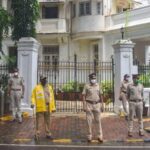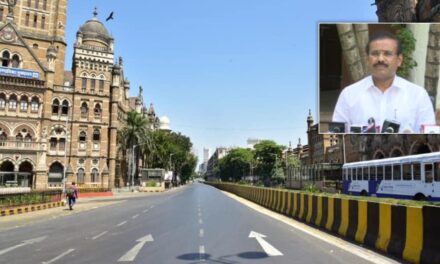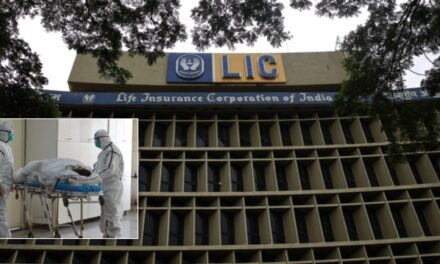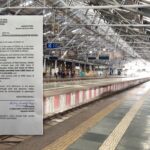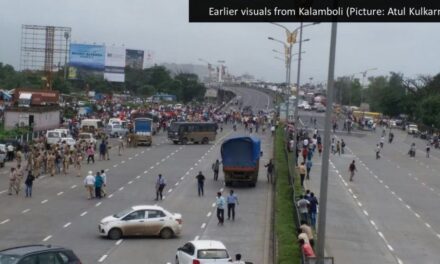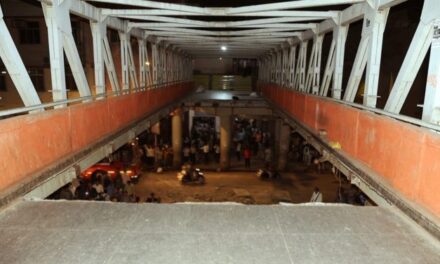
40% less driving licenses issued in Mumbai due to digitalization & stringent tests
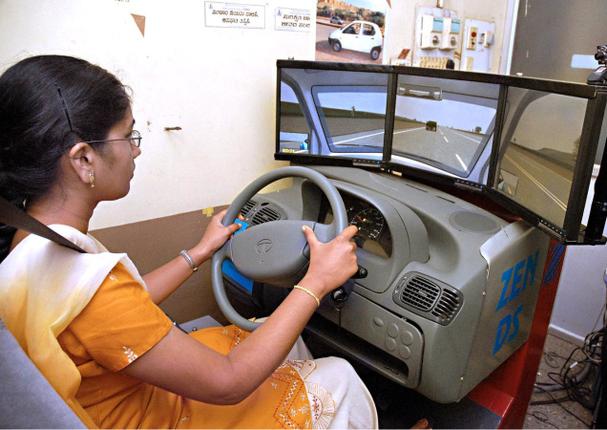

Representational Image. Courtesy: The Hindu
Despite the growing number of vehicles in the city, Mumbai has witnessed a decline in the number of driving license issued since the process was digitized in 2014.
According to a TOI report, statistics obtained from the Transport Department show that the number of driving licences issued across the state has dipped by nearly 15 percent in the last year, even as the number of online appointments for the tests have gone up.
Data from the transport department shows that 19.46 lakh applicants received permanent driving licences across Maharashtra in 2013-14, but the number fell to 16.66 lakh in 2014-15.
While the drop in licenses issued was approximately 15 percent in Maharashtra, Mumbai witnessed an even greater fall.
According to the statistics, the number of licences issued in Mumbai in 2014-15 was almost 40 percent lower compared 2013-14.
The drop in numbers comes as a surprise when one compares it with the number of new vehicle registrations, which has been growing at a steady rate.
According to a senior RTO official from Tardeo, who wished to remain unnamed, the drop in numbers is because of two primary factors – the digitalization of the process and the stringent tests.
“In the past, anyone with a little influence or setting with an agent could get a license without ever having to visit the RTO, including underage drivers. However, since the process moved online, the number of people trying to game the system have reduced. Moreover, those who got their licenses while they were underage would destroy it and make fresh applications after turning 18. This would increase the number of licenses issued. But now that the process requires them to visit the RTO for biometrics, only the ones with valid documents come forth and apply,” he said.
“Even the tests have become more stringent and are monitored more carefully. Earlier, it was possible for relatives or agents to prompt answers from outside the window. However, the tests are done in a more controlled environment now. If any applicant fails to secure minimum 12 out of 20 marks (60 percent), they are failed. A few years back, failing a test was a rare occurrence. Now between 20 to 30 percent of applicants fail the test,” he added.
When asked if the drop in numbers means more people are driving on the road without a license, the RTO official says there’s no way to determine that.
But, the the CCTV challans and the increased fines are bound to be a big deterrent.
While some might argue that the numbers have dropped because many are not savvy enough for the new application process, the need for ensuring that only those who are fit to drive are allowed to do so, trumps all else.
“People might find the test difficult, but not the process. Adequate information is provided prior to the start and answering questions is extremely straightforward. Moreover, anyone can just read up about the process online and follow the steps to get their license directly from the RTO instead of having to go through an agent. In my opinion, this itself is a welcome change. And in the end, should we think about making the process easier or making sure that only capable drivers are allowed to drive on our roads?” asks Ajinkya Kerkar, who recently took the test.



